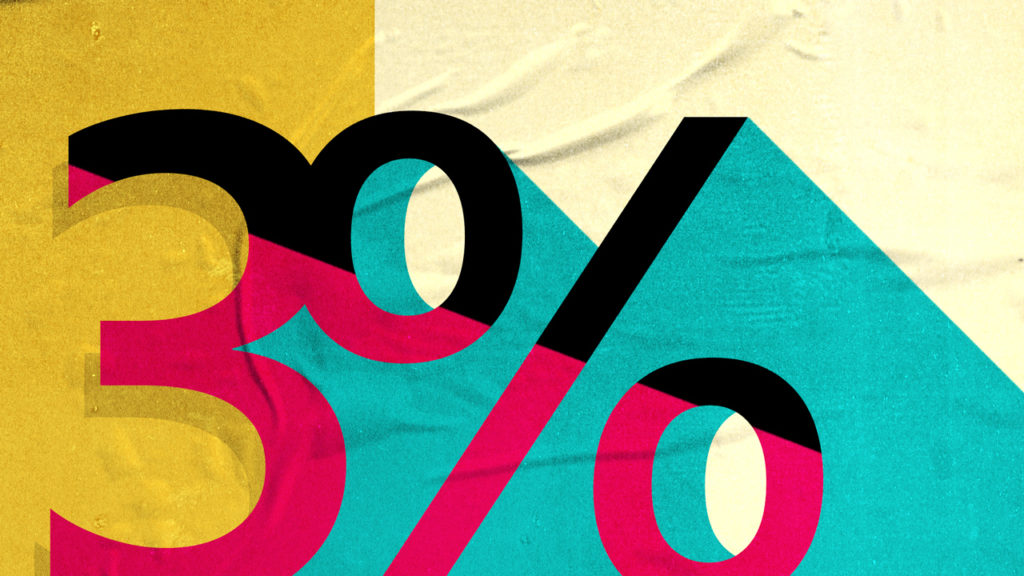The axiom that you can’t change what you can’t measure feels especially true as agencies and brands try rooting out system racism within their workforce, products and services.
On the heels advertising’s acceptance of the global Black Lives Matter movement, two black advertising professionals set out to hold ad land accountable and remind it of the importance of measurement in fulfilling racial equality when they penned an open letter to US advertising agencies calling for change.
During the “Making Racial Equity A Reality” panel at the 3% Conference this week, Nathan Young and Bennett Bennett—the founders of 600 & Rising, a nonprofit organization that advocates for the advancement of black talent in advertising for 3,500 black employees across different agencies—shared with vice president of talent, equity and inclusion at 4A’s Foundation Reema Elghossain the inspiration behind forming a coalition they hope will set a standard on the way leadership measures diversity in advertising.
The 4A’s Foundation, a nonprofit arm of 4A’s, supports a multitude of diversity initiatives to support the industry at large including its multicultural advertising intern program, or Maip, a 22-week diverse talent development program that began over 40 years ago. During Black Lives Matter protests, Maip alumni Young and Bennett sent a survey to black professionals in their network to learn more about their experiences in the industry, what would form the basis of their open letter.
Within two months, 602 black workers from different sectors of the industry, including freelancers and employees from Wieden + Kennedy, VaynerMedia, The Martin Agency, among others, signed their names to buttress Young and Bennett’s mission.
“This wasn’t expected. Bennett and I aren’t diversity, equity and inclusion experts. We’re just two black guys who have gone through a career in advertising, and it turns out when you ask 600 black folks what their experience is, it’s remarkably similar. That’s when we knew we had something. [It was] unanimous. You never see that,” Young said.
Part of the letter’s opening reads:
“As loud as these protests are, it is impossible to overstate the pain that has been felt by your Black colleagues as the still-fresh wounds from Ferguson, Baltimore and countless other flashpoints of racial violence were once again re-opened.”
Young, Bennett and the hundreds of signatories demand “urgent action” from agency leadership whose shortcomings on race stem, in part, from the flawed belief that hiring a chief diversity officer is enough. The first action includes making a specific, measurable and public commitment to improve black representation at all levels of agency staffing, especially senior and leadership roles. Others include tracking and publicly reporting workforce diversity data annually, funding employee resource groups for black employees and implementing a wage equity plan to ensure that black women, men and people of color receive fair compensation.
“The most important step is data transparency. You can’t change what you can’t measure. I want data to be at the center of everything we do from here on out. I don’t care if you commit millions of dollars–I care how much you move the needle in terms of recruiting, training and promoting diverse talent within your agency and into senior positions. That’s what matters. And the data is going to tell that story,” Young added.

